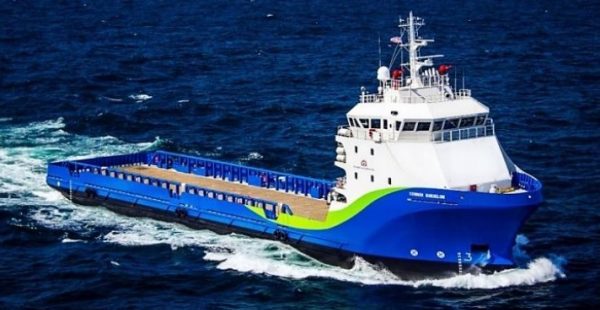NTSB has issued the report of its investigation of the allision of the offshore supply vessel Connor Bordelon with the unmanned platform South Timbalier 271A in the Gulf of Mexico on 23 January 2015. The allision caused the pipelines attached to the platform to rupture, releasing natural gas and oil, which ignited.
NTSB determines that the probable cause of the allision of the offshore supply vessel Connor Bordelon with the unmanned natural gas platform South Timbalier 271A was the failure of the mate on watch to ensure that the bridge team maintained a proper lookout, and his delay in changing from the autopilot to manual steering, which precluded him from taking the necessary action to prevent the allision with the platform.
Safety Issues
1.Voyage planning: The company’s safety manual provided instructions on how to execute a voyage plan that would mitigate the risks of navigating through the congested waters of the Gulf of Mexico. It is important for vessel owners and operators to verify that the safety procedures in their manuals, including those for drawing course lines that avoid chartered obstructions and other hazards to navigation, are being followed.
2. Watchstanding practices: The officer of the watch needs to ensure that a proper lookout is posted during navigation. In this case, the officer did not designate one of the available watchstanders as the lookout, resulting in a missed opportunity to detect the platform earlier.
3.Use of electronic chart display and information system: The Connor Bordelon was equipped with state-of-the art technology, including an ECDIS. The vessel had been operated for more than 1 year before the accident, but crewmembers had not yet taken certification courses in the use of the ECDIS. It is important for vessel owners and operators to ensure that their crews are proficient in the use of all electronic bridge equipment in a timely manner.
Further details may be found by reading the report
Source: NTSB






























































